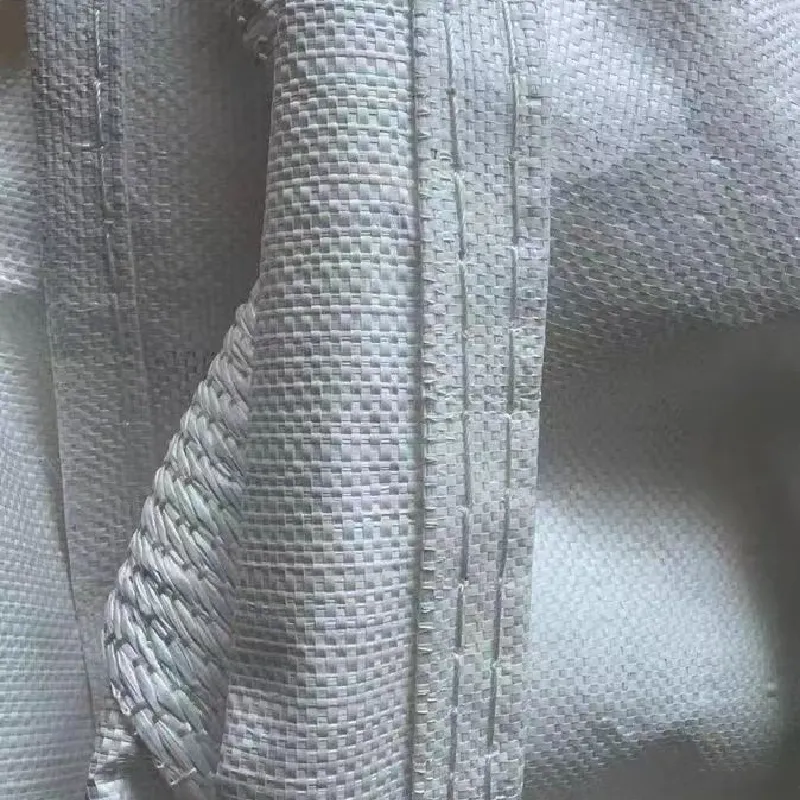-
 Afrikaans
Afrikaans -
 Albanian
Albanian -
 Amharic
Amharic -
 Arabic
Arabic -
 Armenian
Armenian -
 Azerbaijani
Azerbaijani -
 Basque
Basque -
 Belarusian
Belarusian -
 Bengali
Bengali -
 Bosnian
Bosnian -
 Bulgarian
Bulgarian -
 Catalan
Catalan -
 Cebuano
Cebuano -
 China
China -
 Corsican
Corsican -
 Croatian
Croatian -
 Czech
Czech -
 Danish
Danish -
 Dutch
Dutch -
 English
English -
 Esperanto
Esperanto -
 Estonian
Estonian -
 Finnish
Finnish -
 French
French -
 Frisian
Frisian -
 Galician
Galician -
 Georgian
Georgian -
 German
German -
 Greek
Greek -
 Gujarati
Gujarati -
 Haitian Creole
Haitian Creole -
 hausa
hausa -
 hawaiian
hawaiian -
 Hebrew
Hebrew -
 Hindi
Hindi -
 Miao
Miao -
 Hungarian
Hungarian -
 Icelandic
Icelandic -
 igbo
igbo -
 Indonesian
Indonesian -
 irish
irish -
 Italian
Italian -
 Japanese
Japanese -
 Javanese
Javanese -
 Kannada
Kannada -
 kazakh
kazakh -
 Khmer
Khmer -
 Rwandese
Rwandese -
 Korean
Korean -
 Kurdish
Kurdish -
 Kyrgyz
Kyrgyz -
 Lao
Lao -
 Latin
Latin -
 Latvian
Latvian -
 Lithuanian
Lithuanian -
 Luxembourgish
Luxembourgish -
 Macedonian
Macedonian -
 Malgashi
Malgashi -
 Malay
Malay -
 Malayalam
Malayalam -
 Maltese
Maltese -
 Maori
Maori -
 Marathi
Marathi -
 Mongolian
Mongolian -
 Myanmar
Myanmar -
 Nepali
Nepali -
 Norwegian
Norwegian -
 Norwegian
Norwegian -
 Occitan
Occitan -
 Pashto
Pashto -
 Persian
Persian -
 Polish
Polish -
 Portuguese
Portuguese -
 Punjabi
Punjabi -
 Romanian
Romanian -
 Russian
Russian -
 Samoan
Samoan -
 Scottish Gaelic
Scottish Gaelic -
 Serbian
Serbian -
 Sesotho
Sesotho -
 Shona
Shona -
 Sindhi
Sindhi -
 Sinhala
Sinhala -
 Slovak
Slovak -
 Slovenian
Slovenian -
 Somali
Somali -
 Spanish
Spanish -
 Sundanese
Sundanese -
 Swahili
Swahili -
 Swedish
Swedish -
 Tagalog
Tagalog -
 Tajik
Tajik -
 Tamil
Tamil -
 Tatar
Tatar -
 Telugu
Telugu -
 Thai
Thai -
 Turkish
Turkish -
 Turkmen
Turkmen -
 Ukrainian
Ukrainian -
 Urdu
Urdu -
 Uighur
Uighur -
 Uzbek
Uzbek -
 Vietnamese
Vietnamese -
 Welsh
Welsh -
 Bantu
Bantu -
 Yiddish
Yiddish -
 Yoruba
Yoruba -
 Zulu
Zulu
Insect Protection Solutions Using High-Quality Netting Fabric for Gardens and Outdoor Spaces
The Benefits and Uses of Insect Netting Fabric
In the world of gardening and agriculture, pest management is a crucial consideration for ensuring healthy plant growth and high yields. One effective solution that has gained popularity in recent years is insect netting fabric. This lightweight, protective barrier is designed to keep harmful insects at bay while allowing sunlight, air, and moisture to reach plants. In this article, we will explore the benefits and various uses of insect netting fabric, making it a must-have for both amateur gardeners and professional farmers alike.
Insect netting fabric is made from fine mesh materials, typically woven from polyethylene or polyester. The mesh size is designed to prevent pests such as aphids, whiteflies, and other small insects from reaching crops without obstructing essential resources such as sunlight and rain. This dual function not only helps safeguard plants but also creates an ideal microclimate that promotes healthy growth.
One of the primary benefits of insect netting fabric is its ability to reduce pesticide use. For those committed to organic gardening practices, using insect netting can be a game-changer. By physically blocking insects, gardeners can minimize or even eliminate the need for chemical treatments, thus fostering a more environmentally friendly approach to pest control. This not only helps in maintaining a healthier ecosystem but also appeals to consumers who are increasingly seeking organic produce.
insect netting fabric

In addition to pest protection, insect netting fabric can also serve as a physical barrier against larger pests, such as birds and small mammals. These unwelcome visitors can often decimate crops before they have a chance to mature. By draping insect netting over vulnerable plants, gardeners can significantly reduce the risk of damage, ensuring that their hard work pays off with bountiful harvests.
The versatility of insect netting fabric extends beyond just protecting individual plants. It can also be used in various gardening applications, including greenhouse construction, raised beds, and seedling nurseries. Many gardeners utilize it to cover their entire garden areas, providing a comprehensive pest management solution without sacrificing growth conditions. Some even use insect netting as a temporary greenhouse, allowing for a season extension in cooler climates by trapping heat while preventing pests.
Another noteworthy feature of insect netting fabric is its durability and ease of use. Most products are designed to withstand the elements, including sun exposure and wind, ensuring that they can last multiple growing seasons. Installation is typically straightforward; simply drape the fabric over the desired area and secure it in place with stakes or weights. This user-friendly aspect makes it accessible for gardeners of all skill levels.
In conclusion, insect netting fabric is an invaluable tool for anyone looking to enhance their gardening efforts. With its ability to protect plants from a variety of pests while promoting a healthier growing environment, it stands out as a practical and sustainable solution. Whether you are a home gardener nurturing a few plants or a commercial grower managing extensive crops, investing in insect netting fabric can lead to improved plant health, reduced pesticide use, and ultimately, a more rewarding gardening experience.
-
Shipping Plastic Bags for Every NeedNewsJul.24,2025
-
Safety Netting: Your Shield in ConstructionNewsJul.24,2025
-
Plastic Mesh Netting for Everyday UseNewsJul.24,2025
-
Nylon Netting for Every UseNewsJul.24,2025
-
Mesh Breeder Box for Fish TanksNewsJul.24,2025
-
Expanded Steel Mesh Offers Durable VersatilityNewsJul.24,2025











